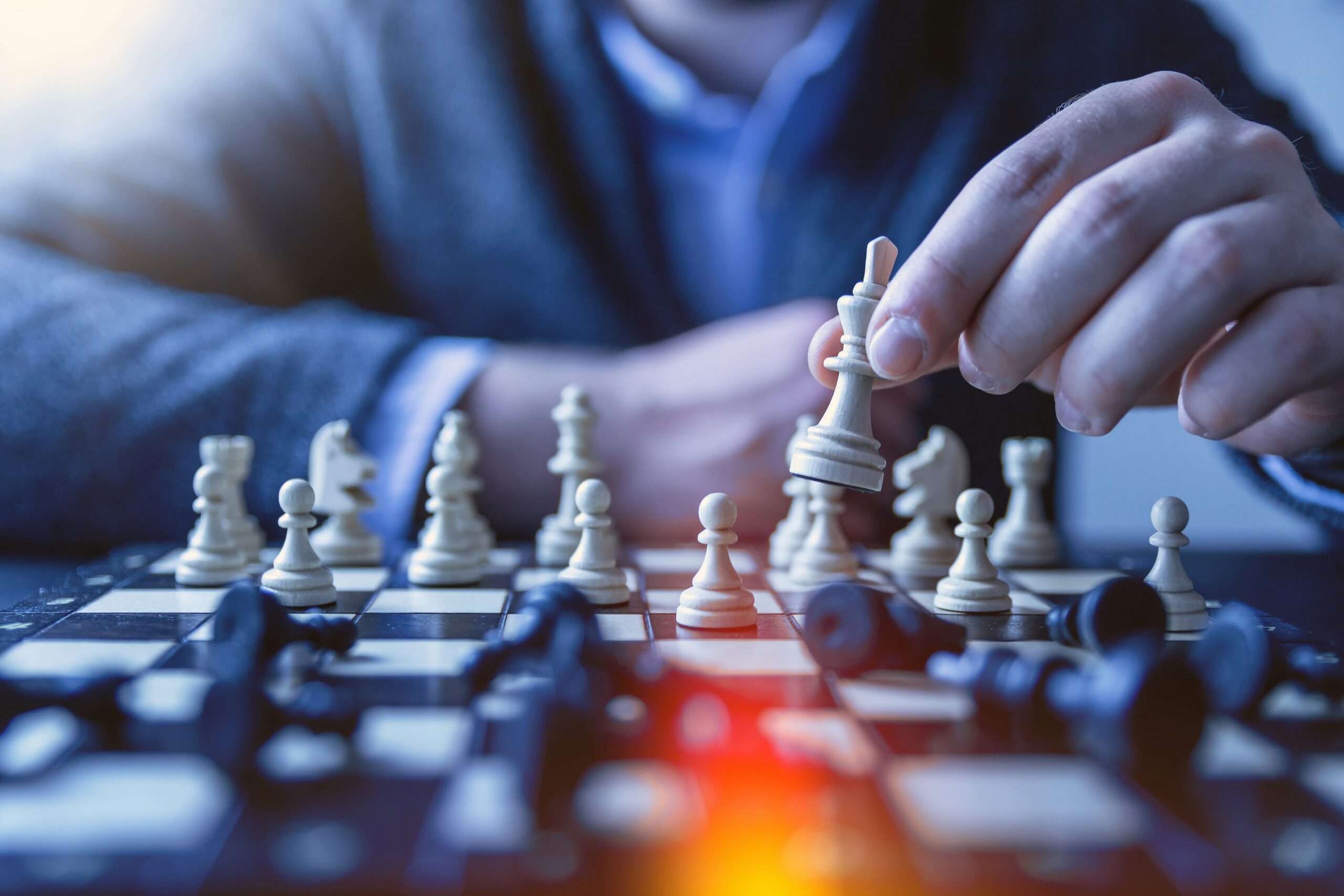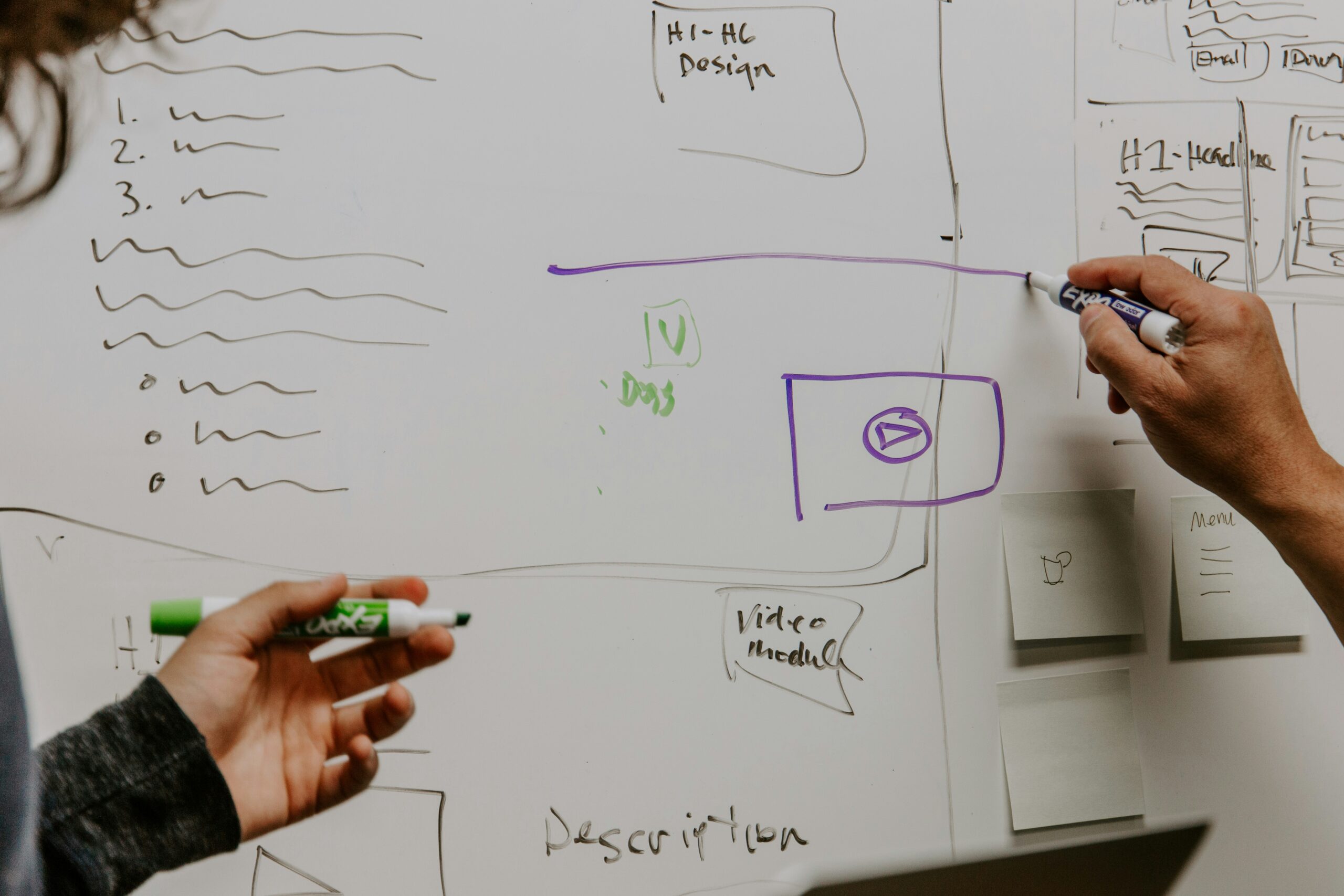In times of crisis, it is essential to equip yourself with effective self-defense strategies that will help keep you safe. This article delves into the topic of self-defense and explores various tactics that can be employed in challenging situations. Whether it’s mastering basic self-defense moves, understanding situational awareness, or utilizing personal safety devices, this piece aims to provide valuable insights and empower you to protect yourself in times of uncertainty. With these strategies in your arsenal, you can feel more confident and prepared to navigate through any crisis that may arise.
Understanding the Importance of Self-defense in a Crisis
When faced with a crisis situation, it is crucial to have the knowledge and skills to defend yourself and protect your loved ones. Self-defense techniques not only empower you physically, but they also enhance your mental preparedness and overall personal security. In this comprehensive article, we will explore various self-defense strategies that you can employ in different crisis scenarios.
1. Physical Self-defense Techniques
1.1 Hand-to-Hand Combat
Hand-to-hand combat is one of the oldest and most effective self-defense techniques. It involves close-quarters combat without the use of any weapons. By learning striking techniques, blocks, and evasive movements, you can effectively immobilize an attacker and create an opportunity to escape or seek help.
1.2 Kickboxing and Muay Thai
Kickboxing and Muay Thai are dynamic martial arts that focus on striking techniques, using both punches and kicks. By combining powerful strikes with proper footwork and agility, you can effectively defend yourself against an aggressor and possibly incapacitate them.
1.3 Krav Maga
Krav Maga is a self-defense system originally developed for the Israeli military. It emphasizes practical and instinctive movements, making it highly efficient in real-life confrontations. By utilizing techniques such as strikes to vulnerable areas and defenses against common threats, Krav Maga equips you with invaluable self-defense skills.
1.4 Brazilian Jiu-Jitsu
Brazilian Jiu-Jitsu (BJJ) focuses on ground fighting and grappling techniques. It teaches you how to defend yourself while on the ground, even against larger and stronger opponents. BJJ’s emphasis on leverage and submission holds provides a crucial advantage in overcoming physical disadvantages during a crisis situation.
1.5 Boxing and MMA
Boxing and Mixed Martial Arts (MMA) are combat sports that offer effective self-defense techniques. By mastering striking techniques, footwork, and defense skills, you can effectively protect yourself in a crisis. Additionally, the physical fitness and mental discipline developed through boxing and MMA training can significantly improve your overall self-defense capabilities.

2. Psychological Strategies for Self-defense
It is essential to remember that self-defense goes beyond physical techniques. Psychological strategies play a vital role in ensuring your safety and avoiding dangerous situations altogether.
2.1 Situational Awareness and Avoidance
One of the most important aspects of self-defense is developing situational awareness. By being alert and observant of your surroundings, you can identify potential threats and take proactive measures to avoid them. This includes avoiding high-risk areas, maintaining personal space, and recognizing suspicious behavior.
2.2 De-escalation Techniques
In many crisis situations, de-escalation techniques can defuse confrontations and prevent physical altercations. Learning effective communication skills and practicing non-confrontational approaches can help you calm potentially volatile situations. By maintaining composure and attempting to resolve conflicts peacefully, you can minimize the risk of harm to yourself and others.
2.3 Verbal Self-defense
Verbal self-defense involves using assertive and confident communication to assert boundaries, discourage potential attackers, and seek assistance from bystanders. By expressing your concerns firmly and assertively, you may deter a potential aggressor and create an opportunity to remove yourself from a dangerous situation.
2.4 Assertiveness Training
Developing assertiveness skills is crucial for self-defense. By learning to confidently assert your rights and express yourself clearly, you can effectively protect yourself from potential threats. Assertiveness training also helps build self-confidence and ensures you maintain control of a crisis situation.
3. Improving Personal Security in a Crisis
Enhancing personal security in a crisis involves implementing measures to protect yourself and your property. By adopting effective security practices, you can reduce the risk of becoming a target.
3.1 Home Security Measures
Securing your home is essential for personal safety. Installing robust doors and windows, using quality locks, and implementing a home alarm system are effective deterrents against potential intruders. Additionally, reinforcing vulnerable areas, such as entry points and installing outdoor lighting, can significantly enhance your home’s security.
3.2 Self-defense Weapons
In extreme crisis situations, having self-defense weapons can provide an added layer of security. However, it is crucial to remember that weapons should only be used as a last resort and with proper training. Pepper sprays, tasers, and personal alarms are examples of non-lethal self-defense weapons that can help deter potential attackers and buy time to escape.
3.3 Enhancing Home and Personal Security Systems
Incorporating technology into your personal security measures can greatly enhance your overall safety. Home security systems with surveillance cameras, motion sensors, and remote access give you real-time visibility and control over your property. Additionally, personal security apps and wearables can alert emergency services or your designated contacts in case of a crisis.

4. Developing Self-defense Skills through Training
To effectively defend yourself in a crisis, it is essential to develop a solid foundation of self-defense skills. Training under experienced instructors and participating in specialized programs can significantly improve your capabilities.
4.1 Joining Martial Arts or Self-defense Classes
Joining martial arts or self-defense classes is an excellent way to learn and practice various self-defense techniques. Instructors can provide valuable guidance, ensuring you learn techniques correctly. Regular training sessions also help improve physical fitness, agility, and mental focus, all of which are crucial in crisis situations.
4.2 Hiring a Personal Self-defense Trainer
For personalized self-defense training, hiring a personal self-defense trainer can be highly beneficial. A trainer can assess your individual strengths and weaknesses, customize training programs to suit your needs, and provide personalized guidance and feedback. This one-on-one approach can accelerate your learning and enhance your confidence in self-defense skills.
4.3 Participating in Tactical Defense Workshops
Tactical defense workshops offer hands-on training in real-life crisis scenarios. These workshops simulate attacks and teach you how to respond effectively. By practicing self-defense techniques under realistic conditions, you can develop muscle memory and the ability to maintain composure in high-stress situations.
5. Using Technology as a Self-defense Strategy
With advancements in technology, integrating it into your self-defense strategy can provide additional layers of protection.
5.1 Emergency Mobile Apps
Emergency mobile apps can be lifesaving in crisis situations. These apps allow users to send distress signals to pre-determined contacts or emergency services, sharing their location and providing real-time updates. Some apps offer features such as panic buttons, audible alarms, and discreet activation options, ensuring help is just a few taps away.
5.2 Personal Safety Wearables
Personal safety wearables, such as smart jewelry or wristbands, can discreetly provide assistance during a crisis. Some wearables have features like audible distress calls, GPS location tracking, and even capabilities to record and transmit audio or video evidence. These wearables provide an added sense of security, especially when in unfamiliar or potentially dangerous environments.
5.3 Home Security Systems with Smart Features
Investing in home security systems with smart features allows you to monitor and control your home’s security remotely. With mobile apps and connected devices, you can access live video feeds, receive instant notifications of any suspicious activities, and even control door locks and alarm systems from anywhere. These smart features enable you to proactively manage your home’s security, even when you are away.

6. Mental Preparedness for a Crisis
Besides physical techniques and technological aids, mental preparedness is crucial for effectively navigating crisis situations.
6.1 Building Resilience and Mental Toughness
Building resilience and mental toughness enables you to maintain focus and composure during a crisis. Engaging in activities such as meditation, breathing exercises, or practicing mindfulness can strengthen your mental state, helping you make rational decisions and effectively respond to threats.
6.2 Developing a Crisis Response Plan
Creating a crisis response plan ensures that you are well-prepared to handle any unforeseen situations. Plan evacuation routes, establish communication protocols with family and friends, and identify safe meeting points. Having a well-defined plan can provide clarity and help minimize panic and confusion during high-stress situations.
6.3 Stress Management and Mental Health Maintenance
Stress management and maintaining good mental health are crucial aspects of self-defense. Engaging in activities that help alleviate stress, such as regular exercise, hobbies, and spending time with loved ones, can promote emotional well-being. Seeking professional help, when necessary, ensures you have the necessary support system to cope with the aftermath of a crisis.
7. First Aid and Emergency Medical Training
Having knowledge of first aid and emergency medical training can significantly contribute to saving lives during a crisis.
7.1 Basic First Aid Techniques
Basic first aid techniques enable you to provide immediate care to injured individuals until professional help arrives. Learning how to control bleeding, perform CPR, and immobilize fractures can make a significant difference in a critical situation. First aid training courses are widely available and can equip you with essential life-saving skills.
7.2 CPR and AED Training
Cardiopulmonary Resuscitation (CPR) and Automated External Defibrillator (AED) training are vital in situations where someone’s heart has stopped beating. By learning these techniques, you can administer life-saving measures until medical professionals arrive. Prompt and proper use of CPR and AED can greatly increase the chances of survival in a crisis.
7.3 Emergency Medical Skills
In addition to basic first aid, training in emergency medical skills can be advantageous during extended crisis situations. Learning how to triage injuries, provide wound care, and administer medications can be invaluable when immediate medical assistance is not accessible. Emergency medical training equips you with essential skills to stabilize and provide initial treatment in critical situations.
8. Self-defense Strategies for Different Crisis Scenarios
Self-defense strategies need to be adapted to specific crisis scenarios. Understanding how to protect yourself effectively in different situations is crucial for ensuring personal safety.
8.1 Self-defense in Physical Attacks
When faced with physical attacks, employing physical self-defense techniques, such as strikes, blocks, and evasions, becomes essential. Understanding vulnerable target areas and practicing effective defensive moves can help you fend off attackers and create an opportunity to escape.
8.2 Self-defense in Home Invasions
Home invasions can be terrifying and dangerous. Being prepared and having a solid home security system in place can act as a deterrent to potential intruders. Additionally, having a well-rehearsed plan, knowing how to stay hidden and secure a safe place within your home, and utilizing self-defense techniques can improve your chances of safely navigating a home invasion.
8.3 Self-defense during Active Shooter Situations
Active shooter situations require quick thinking and decisive action. Evacuation should always be the priority. If escape is not possible, finding a secure place to hide, preferably a room with a lock, and barricading the entry can buy crucial time. Learning how to silently communicate with law enforcement and using available objects as improvised weapons can greatly enhance your self-defense capabilities.
8.4 Self-defense while Traveling
Traveling in unfamiliar environments can expose you to potential risks. Being vigilant, avoiding isolated areas, and blending in with the local population can help deter potential threats. Additionally, having self-defense skills, carrying personal safety devices, and staying connected with emergency contacts can contribute to a safer travel experience.
10. Practicing Self-defense Techniques
To ensure that your self-defense skills remain effective, regular practice is essential. Incorporating self-defense exercises into your routine can improve your physical fitness and reinforce your muscle memory.
10.1 Regular Physical Exercising
Regular physical exercise, such as strength training, cardiovascular activities, or martial arts training, enhances your overall physical fitness. Stronger muscles, increased endurance, and improved agility will augment your ability to execute self-defense techniques effectively.
10.2 Shadow Boxing and Visualization
Shadow boxing and visualization exercises help develop muscle memory and improve reaction times. By practicing self-defense techniques in a simulated scenario, you can reinforce the correct execution of moves and mentally prepare yourself for potential threats.
10.3 Scenario-based Role-playing
Role-playing scenarios with a partner or in a controlled environment can simulate real-life situations and test your self-defense skills. By practicing different crisis scenarios, you can refine your responses and enhance your decision-making abilities under pressure.
10.4 Reviewing and Refreshing Skills Regularly
Regularly reviewing and refreshing your self-defense skills is crucial to ensure they remain effective. As techniques evolve and personal fitness levels change, staying up to date with the latest self-defense practices and consistently practicing your skills will help maintain your readiness to defend yourself in a crisis.
In conclusion, self-defense strategies encompass a comprehensive set of physical, psychological, and technological techniques that empower individuals to protect themselves and their loved ones in crisis situations. By understanding and practicing these strategies, you can enhance your personal security, improve your mental preparedness, and effectively respond to different crisis scenarios. Remember, investing in self-defense skills is an investment in your safety and well-being. Stay prepared, stay safe!

